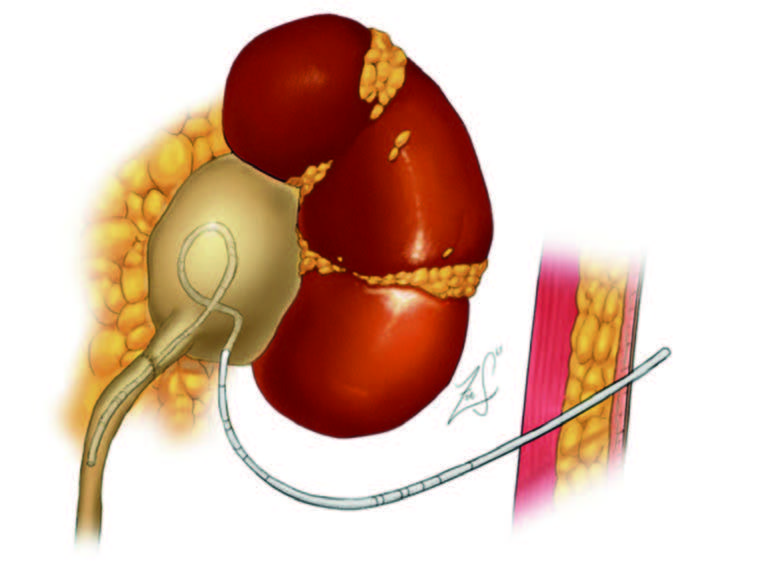Abstract
Introduction: Pyeloplasty for congenital hydronephrosis (pyeloureteral junction obstruction, PUJO) can be performed as an open, laparoscopic or robotic procedure in children. The aim of this study was to analyze a pilot cohort of pediatric patients operated robotically.
Methods: A retrospective analysis of the cohort of patients 3 to 18 years of age who underwent primary robotic pyeloplasty between December 2018 (which is when the robotic program was launched at the University Hospital Motol) and June 2021. Patients already operated on for PUJO in the past were excluded. The indication criteria, clinical symptoms, operation time, hospitalization length and complications were evaluated from the medical records.
Results: During this period, we operated on 28 children aged 3 to 17 years (median 8); 2 patients were excluded. Of the 26 children analyzed, 6 (23%) were asymptomatic before surgery, 17 (65%) reported pain, 2 (8%) had acute pyelonephritis before the surgery, and 1 (4%) suffered from nephrogenic hypertension. The most common etiology of PUJO was an aberrant vessel in 22 (85%) patients. The time from incision to skin closure was 106 to 201 minutes (median 142 minutes). Patients were hospitalized for 3 to 5 days (median 4) after the surgery and followed up for 1 to 30 months (median 6). Twenty-four of the 26 patients showed regression of the pelvic dilatation according to the postoperative ultrasound scan and no symptoms of PUJO. Seven (27%) had postoperative complications requiring a procedure under general anesthesia (all Clavien-Dindo 3b); of these, 2 were re-operated.
Conclusion: Robotic pyeloplasty...


